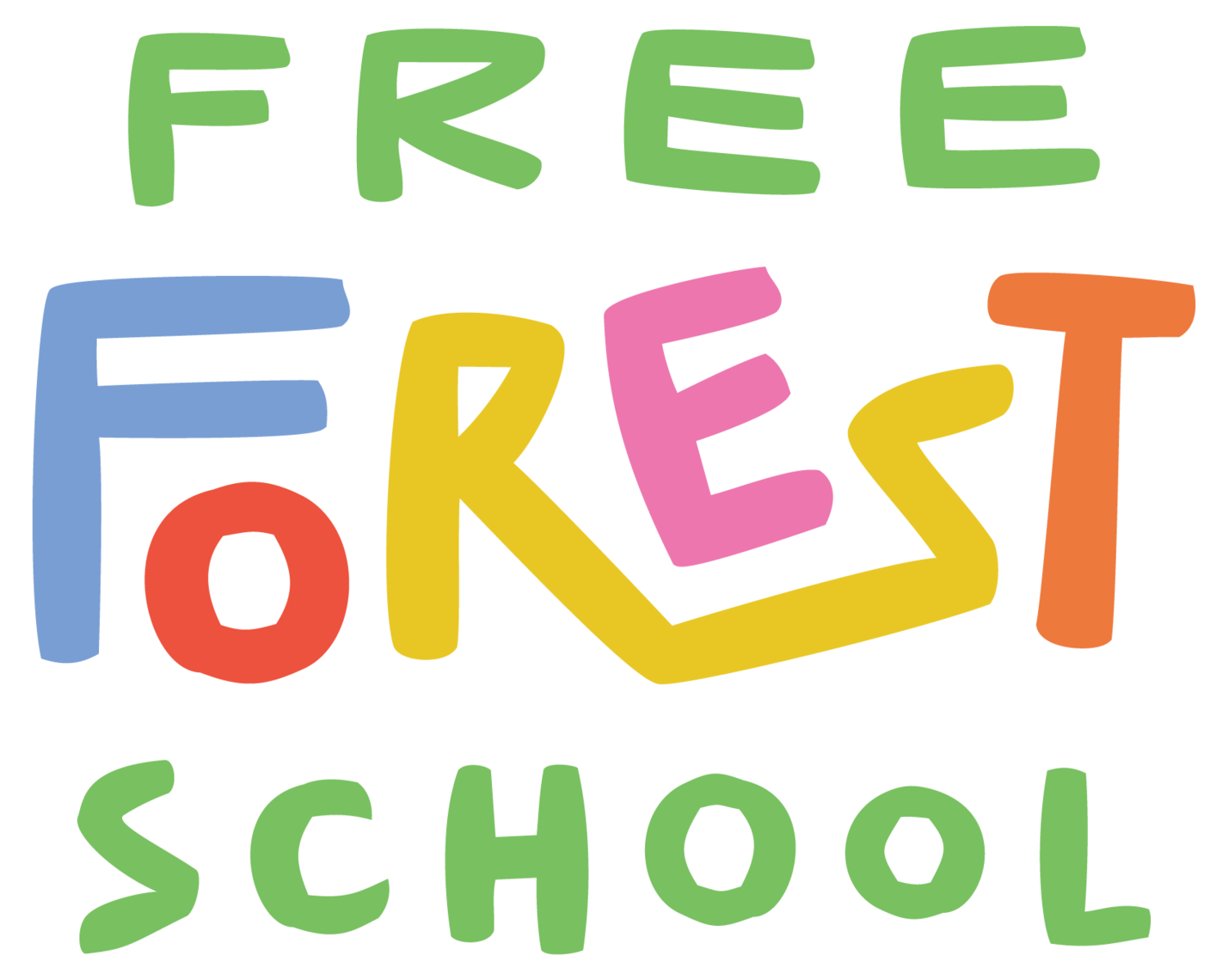The Snail Shell Hunter: In Praise of Nature Collections
By Gretchen Pierce
“Can we go snail shell hunting?”
My 4-year-old son has asked me this almost every day for the past few months. Most days the answer is yes, and we head to his favorite snail hunting spots, bucket in tow. He would look for hours if he could, always hoping a great discovery is waiting under the next rock or plant.
After countless snail shell hunting sessions, I’m running out of room to store his collection. As I clean the latest haul and pour his specimens into yet another mason jar—I thought they looked slightly more tasteful in such a container—I have to chuckle at the crazy things I do for my kids.
I never thought my cabinets would one day be filled with jars of snail shells, but I wholeheartedly embrace my son’s desire to collect. I’ve seen the joy it brings him and the way it encourages his curiosity and love of nature.
Research on the benefits of collecting backs up my instincts: One study showed that adults who were nature collectors as children felt more connected to nature than non-collectors. Another study found that childhood interaction with diverse natural objects helps children learn about biodiversity and understand environmental ideas.
It makes perfect sense that hands-on interaction with nature objects deepens kids’ connection to and knowledge of the earth. A collector has extra motivation to pick up an object, look at it up close, and then bring it home for further examination and exploration.* The collection becomes important to the child, and the environment that yielded those precious items becomes important, too.
Another benefit of collecting is the cultivation of patience and persistence. You may have to dig through mounds of dirt or check under every stone, keeping eyes wide open at all times in hopes of finding the next treasure. It may take countless outings to familiar and new locations to grow a collection.
The repetitive nature of collecting also aids children’s brain development. Collecting and categorizing objects is one of the many urges kids have when they play. Through these repetitive play urges, called “schemas,” children learn about their world and build cognitive connections that are essential for higher-level thinking later in life. I observe the “positioning” schema in my son all the time, as he loves to line up and organize his nature collections all around his room.
Collecting nature objects is just as much about the searching as it is the finding. My son loves the thrill of the (snail shell) hunt, and he’s excited whether he finds one shell or 50. He notices the details of each one, commenting on the size and markings and spiral shape. He has come to understand which shells are more rare and keeps only those exceptional specimens. He engages in critical thinking, wondering out loud about why the shells vary in appearance and why they ended up where they did.
Collecting can spark curiosity about the natural world, encouraging children to learn more about their specimens. Where did it come from? What is its purpose? Why was it left behind? They can sort and classify their nature objects based on different attributes, making their own mini museum. They can find creative ways to display their collection, and use them for craft projects or as loose parts in their play.
My son’s passion for collecting has strengthened his connection to nature by encouraging him to return to the same outdoor locations again and again. We make frequent trips to our neighbor’s yard, a prime snail shell hunting spot, looking at the same uprooted tree and checking under the same cactus leaves again and again. We have returned to the same dried creek bed numerous times, looking for seashells to add to his other collection.
These are not necessarily the most beautiful or the most wild places, but after many visits they have become special to us. And the nature treasures we find there hold special memories. Collections are just that: boxes of memories that can bring us back to the time and place where we made each important discovery.
Nature collections are a way of bringing the outside in, serving as a tangible reminder of outdoor adventures and the joy of exploring. Research shows that feeling connected to nature is the most important factor in encouraging young children to care for the environment, and collecting provides that connection in two ways. Not only do kids connect with nature by getting outside and finding new treasures, collections let them touch and hold nature long after the adventure ends.
Hopefully your next adventure will include a bucket or basket, some exciting discoveries, and the start of a beautiful collection.
*Note: At first glance, collecting nature objects seems to be at odds with the principle of “Leave No Trace,” which says that to protect natural areas, we should always leave what we find in nature. Of course there are certain settings where collecting is prohibited and certain species that need to be protected, but the same restrictions shouldn’t apply to collecting rocks or leaves from a neighborhood park. Instead of discouraging hands-on interaction like collecting, we can teach our kids that the rules change depending on the setting. There are many settings where the benefits of collecting and interacting with nature far outweigh any damage that kids may cause.
Gretchen is a former communications manager turned stay-at-home mom to her two young children. After growing up in Minnesota and northern Virginia, she happily calls Austin home now and loves to explore its many outdoor gems with her kids. Gretchen also writes for AustinMoms.com.



